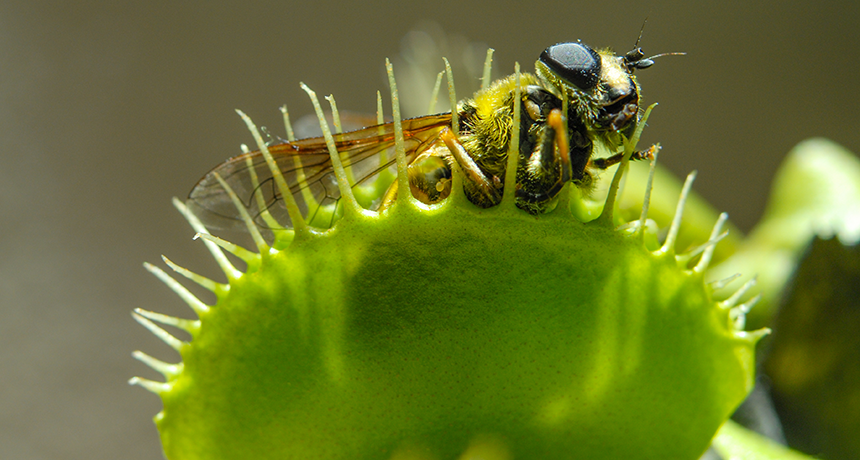Questions for ‘The plant world has some true speed demons’

The leaves of the Venus flytrap are snapping shut, jailing its prey through a process called snap-buckling. The outer leaf surface expands until it’s too much for the inner surface of the leaf to bear.
ESBEN_H/ISTOCKPHOTO